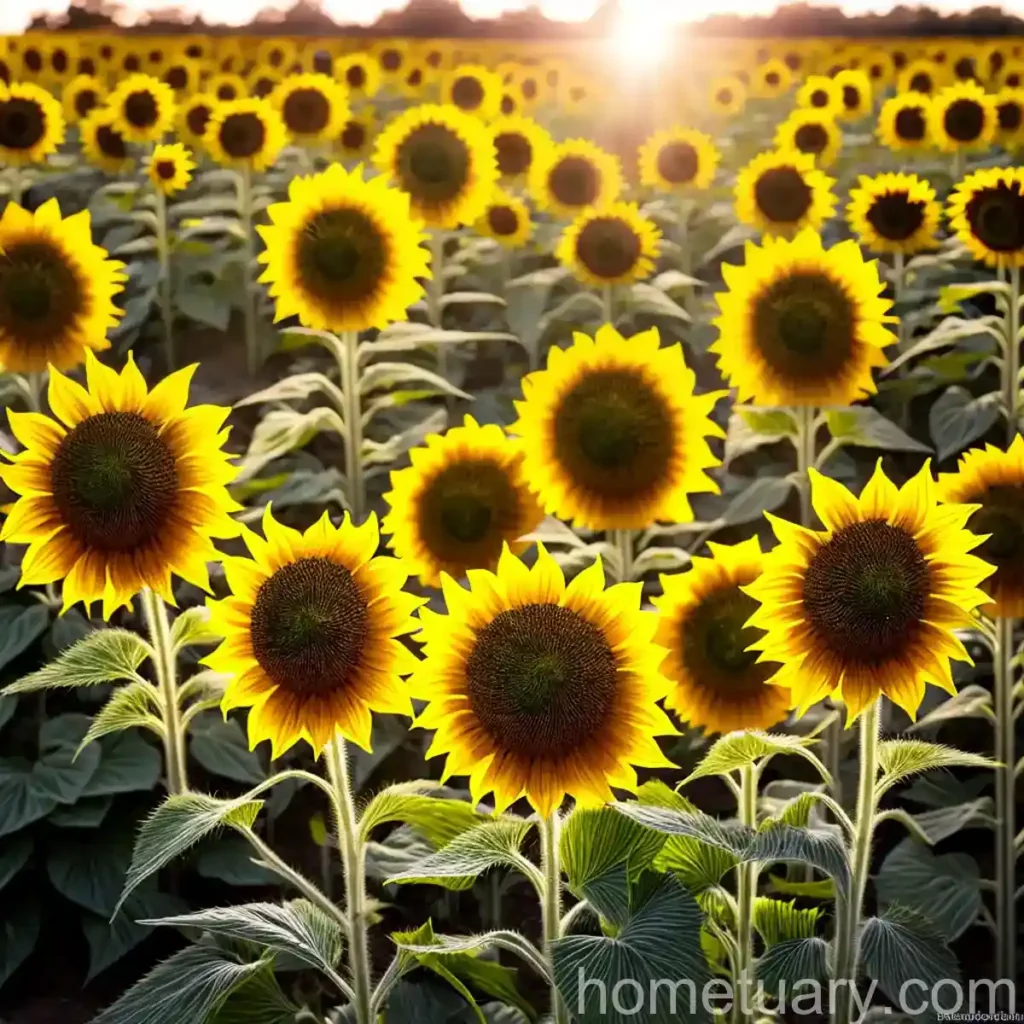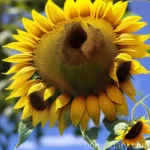The Willow-Leaved Sunflower (Helianthus salicifolius ‘First Light’)
The Willow-Leaved Sunflower, scientifically known as Helianthus salicifolius ‘First Light’ boasts unique characteristics that make it a wonderful addition to any garden. In this comprehensive guide, we will delve into the various aspects of this plant including its culture, uses, maintenance, common diseases, and much more. By the end of this guide, you will have gained a thorough understanding of this remarkable plant and be equipped with the knowledge to cultivate and care for it effectively.
What is the Willow-Leaved Sunflower (Helianthus salicifolius ‘First Light’)?
Overview
Helianthus salicifolius ‘First Light’ belongs to the family Asteraceae and is native to North America. It is known for its willow-like leaves and bright yellow flowers, making it a popular choice among gardening enthusiasts. This perennial plant can grow to a height of 3 to 6 feet and has a spread of 2 to 4 feet.
Key Takeaways
- Common Names: Willow-Leaved Sunflower
- Scientific Name: Helianthus salicifolius ‘First Light’
- Family: Asteraceae
- Native Habitat: North America
- Foliage: Willow-like leaves
- Flowers: Bright yellow, sunflower-like blooms
- Growth: Perennial; 3 to 6 feet in height
Now, let’s explore the various aspects of the Willow-Leaved Sunflower in detail.
Culture
Uses
The Willow-Leaved Sunflower can serve several purposes in the garden and beyond:
– Ornamental Plant: Its bright yellow flowers and unique foliage make it a beautiful addition to gardens and landscapes.
– Wildlife Attraction: The plant’s nectar-rich flowers attract bees, butterflies, and other pollinators, enhancing biodiversity in the garden.
– Medicinal Properties: Certain parts of the plant have been utilized for their medicinal properties in traditional medicine.
Growing Conditions
Water
When it comes to watering the Willow-Leaved Sunflower, it is important to ensure adequate moisture, especially during its active growing period. Deep, infrequent watering is preferred over frequent shallow watering. Additionally, ensuring proper drainage is crucial to prevent waterlogging, which can lead to root rot.
Sunlight
This plant thrives in full sun, requiring at least 6 to 8 hours of direct sunlight daily.
Fertilizer
Providing a balanced fertilizer during the plant’s growing season can promote healthy growth and prolific blooming. A slow-release fertilizer or organic compost can be applied in spring as the plant begins its active growth phase.
Soil
The Willow-Leaved Sunflower prefers well-draining soil with a slightly acidic to neutral pH. Amending heavy clay soils with organic matter can improve drainage and soil structure.
Pruning and Maintenance
Pruning
Pruning may be necessary to control the plant’s shape and size. Deadheading the spent flowers can promote prolonged blooming and prevent self-seeding, which can be desirable in garden settings.
Propagation
This plant can be propagated through division in early spring or by collecting and sowing its seeds. It is important to provide the appropriate conditions for seed germination, including moisture, warmth, and suitable soil medium.
Container Gardening
The Willow-Leaved Sunflower can also be grown in containers, provided that the container is sufficiently large to accommodate its expansive root system.
Popularity
Common Diseases
The Willow-Leaved Sunflower is generally resistant to most diseases. However, it may be susceptible to certain fungal infections such as powdery mildew, especially in humid conditions.
Common Pests
While the plant is relatively pest-resistant, it may occasionally attract aphids, which can be managed through natural predators or insecticidal soaps.
Botanist’s Tips
- When planting the Willow-Leaved Sunflower, ensure that it has ample space to grow and spread, as it can become quite expansive.
- Regular deadheading can encourage continuous blooming and prevent self-seeding.
- Providing support, such as staking, may be necessary for taller varieties to prevent bending or toppling in windy conditions.
Fun Facts
- The Willow-Leaved Sunflower is also known for its ability to withstand drought conditions once established, making it a resilient choice for xeriscaping.
- Some cultivars of Helianthus salicifolius exhibit variations in foliage color, including silver and variegated forms, adding further visual interest to the garden.
Links to External Resources
For further information on the Willow-Leaved Sunflower and related topics, you may find the following resources helpful:
– The American Horticultural Society Encyclopedia of Garden Plants
– Missouri Botanical Garden – Plant Finder
– Royal Horticultural Society – Plant Selector
In conclusion, the Willow-Leaved Sunflower, Helianthus salicifolius ‘First Light’, is a striking plant with a range of practical and aesthetic uses. Its adaptability, low maintenance requirements, and wildlife-attracting properties make it an excellent choice for diverse garden settings. Whether you are a seasoned gardener or a beginner, integrating this versatile plant into your landscape can elevate its beauty and ecological value.
The next time you seek a bright and resilient addition to your garden, consider the Willow-Leaved Sunflower, a plant that effortlessly combines form and function.
With this in-depth exploration, we have covered various aspects of the Willow-Leaved Sunflower (Helianthus salicifolius ‘First Light’), from its cultural significance to its growth habits and maintenance practices. This comprehensive guide serves as a valuable resource for plant enthusiasts seeking to gain a deeper understanding of this unique species.















